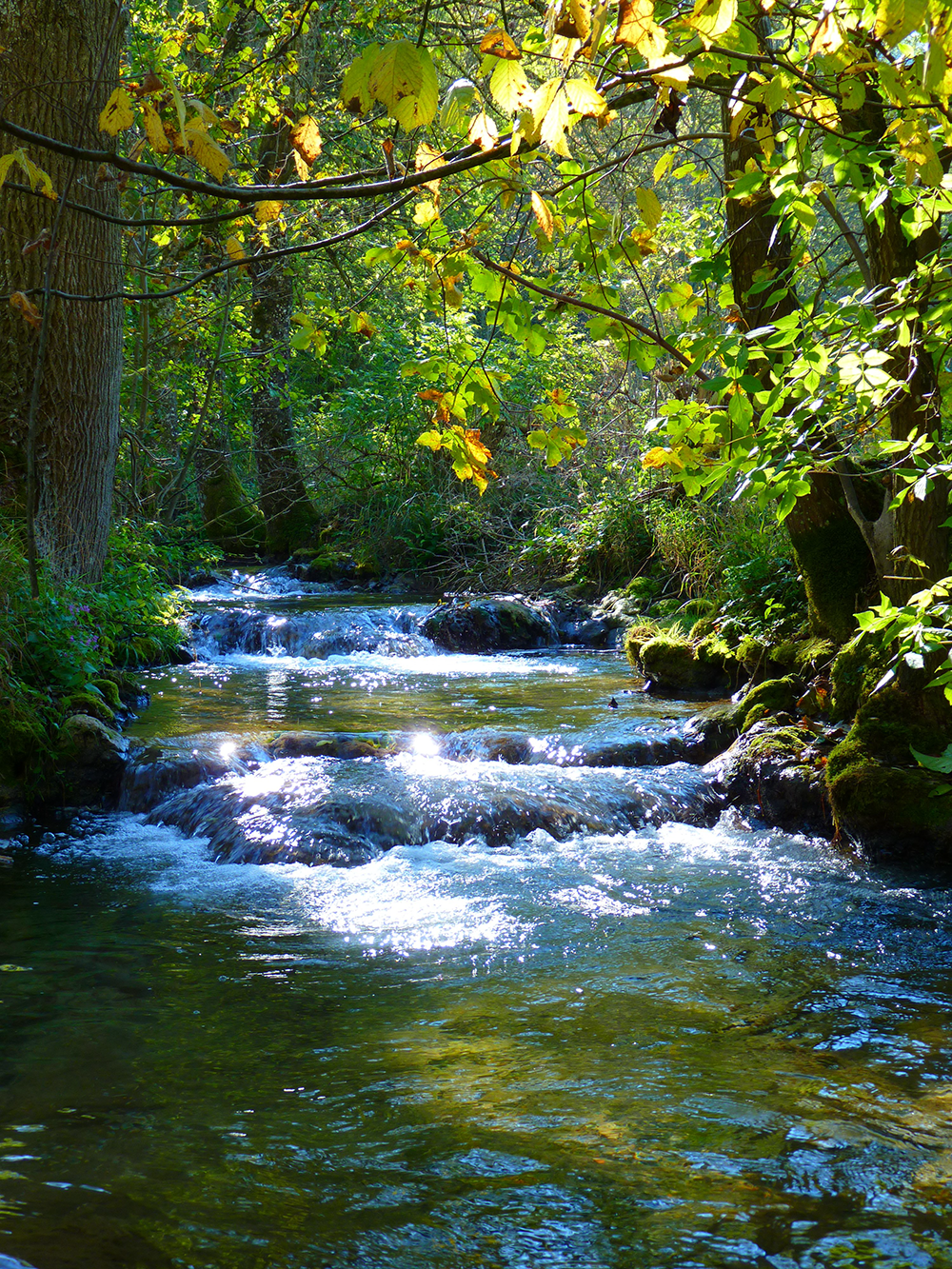
Discovering Commons Network
The concept of the Commons Network is not new, but the way it is being managed with technology and AI is. We are living in an era where data and technology are driving everything we do, from the way we shop to the way we work. The Commons Network is no exception, and it is quickly becoming an essential part of our daily lives. With the help of technology and AI, the Commons Network is transforming the way we map and manage our shared resources.
Mapping & Managing with Technology & AI
Mapping and managing shared resources such as water, forests, and land have always been a challenging task. However, with the help of technology and AI, the process has become more manageable, efficient, and accurate. For instance, drones equipped with sensors can be used to map forests and detect deforestation, while satellite imagery can be used to monitor the health of water bodies. Similarly, AI algorithms can be used to predict the demand for shared resources and optimize their usage.
Moreover, the use of blockchain technology is also revolutionizing the management of shared resources. Blockchain technology provides a transparent, secure, and tamper-proof system that can be used to record transactions and ensure accountability. For instance, blockchain can be used to track the usage of shared resources such as water, ensuring that they are used in a sustainable and equitable manner.
The Benefits of the Commons Network
The Commons Network has several benefits that make it an essential tool for managing shared resources. First, it promotes transparency and accountability, ensuring that shared resources are used in a sustainable and equitable manner. Second, it enables collective decision-making, allowing different stakeholders to have a say in the management of shared resources.
Third, it promotes innovation by providing a platform for collaboration and knowledge sharing. For instance, researchers, policymakers, and practitioners can use the Commons Network to share their knowledge and skills, leading to the development of new technologies and solutions. Fourth, it promotes resilience by providing a framework for adapting to environmental and social changes.
Fifth, it promotes social and economic development by providing access to shared resources, which can be used to generate income and improve livelihoods. Finally, it promotes environmental sustainability by ensuring that shared resources are managed in a way that preserves the natural environment and maintains ecological balance.
The Future of the Commons Network
The Commons Network is still in its early stages, but its potential is enormous. As we continue to face new environmental and social challenges, the need for a sustainable and equitable management of shared resources will become even more critical. The use of technology and AI will play a crucial role in achieving this goal, and the Commons Network will be at the forefront of this transformation. We can expect to see more innovations and advancements in the coming years that will make the Commons Network an even more powerful tool for managing our shared resources.

